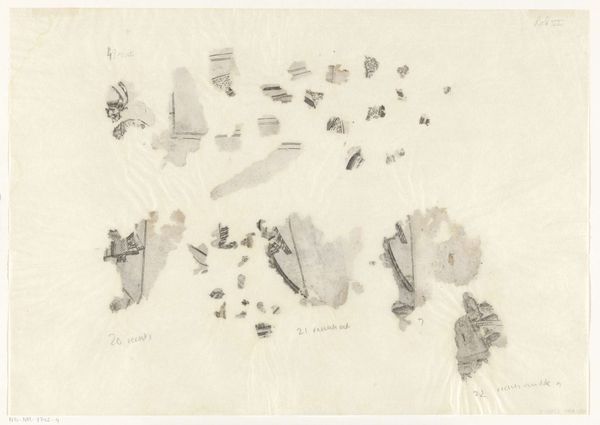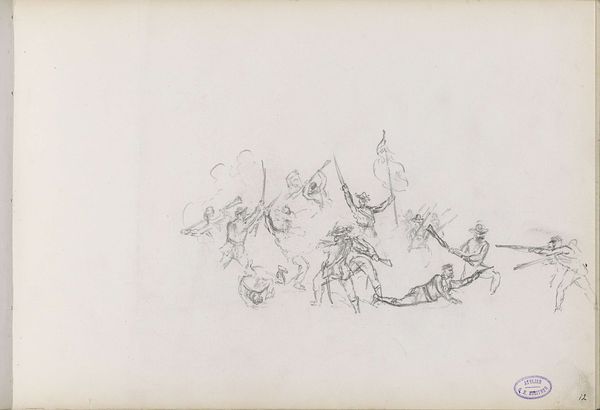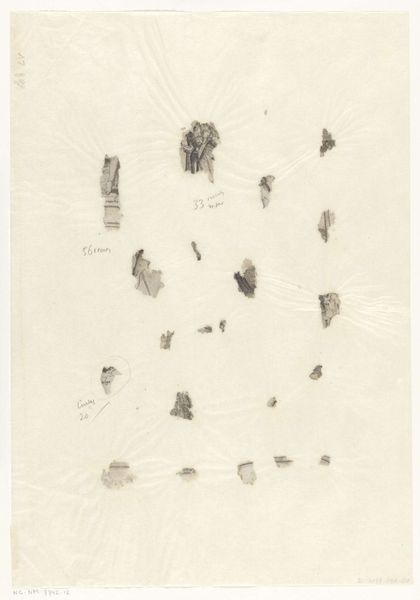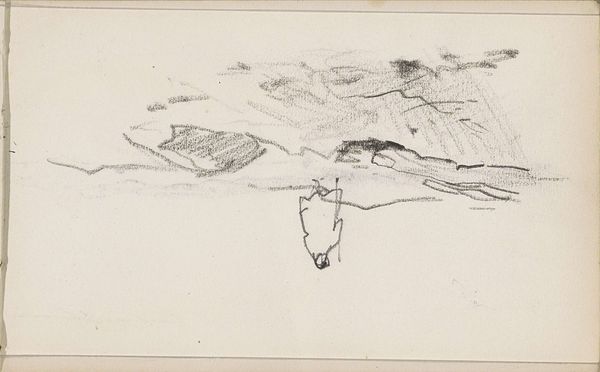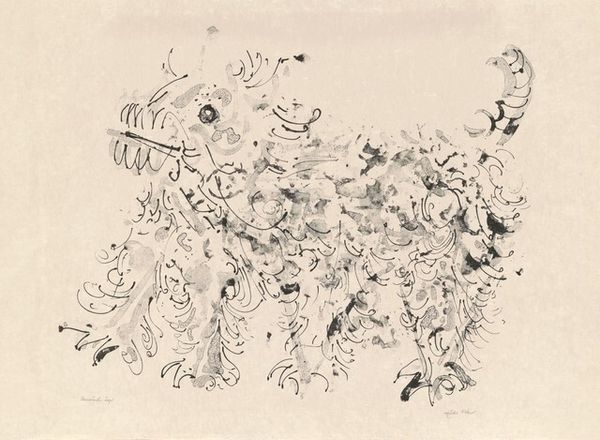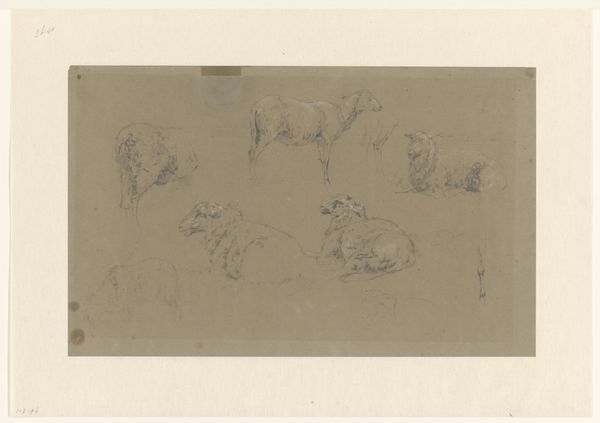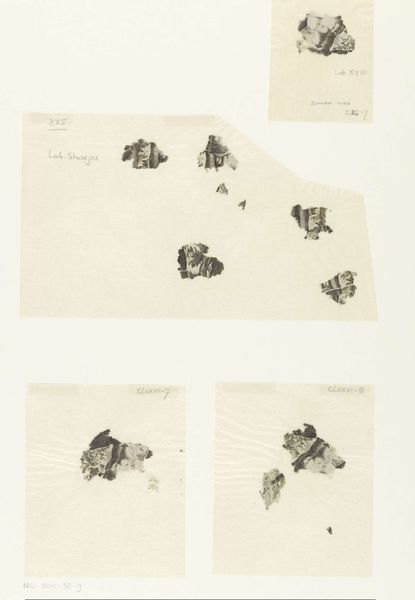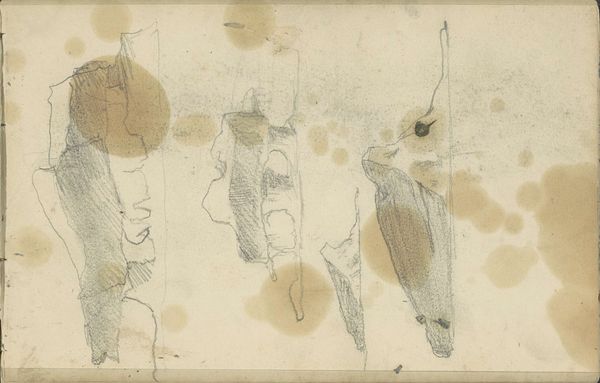
Fragmenten van prenten met wereldlijke en geestelijke klederdrachten 1581 - 1596
0:00
0:00
drawing, paper, ink, pencil, pen
#
portrait
#
drawing
#
pencil sketch
#
figuration
#
paper
#
11_renaissance
#
ink
#
ink drawing experimentation
#
pen-ink sketch
#
pencil
#
sketchbook drawing
#
pen
#
northern-renaissance
Dimensions: height 60 mm, width 60 mm
Copyright: Rijks Museum: Open Domain
These fragments of prints depicting secular and religious garments were made by Abraham de Bruyn sometime before 1587. They offer us insight into the visual culture of the late 16th century, particularly the social codes embedded in clothing. De Bruyn, active in Antwerp, would have been acutely aware of the rising merchant class and the strict sumptuary laws attempting to regulate their displays of wealth. Costume books like this one served as a resource for artists, theater designers, and even those wishing to identify social status through dress. The level of detail indicates the meticulous observation required in a society increasingly defined by visual cues and social stratification. These fragments can be seen as a study in the politics of imagery. To fully understand their significance, we would need to delve into archival sources, such as guild records and inventories, to reconstruct the social context in which they were created and used. The true meaning of art always lies within its complex social and institutional history.
Comments
No comments
Be the first to comment and join the conversation on the ultimate creative platform.
